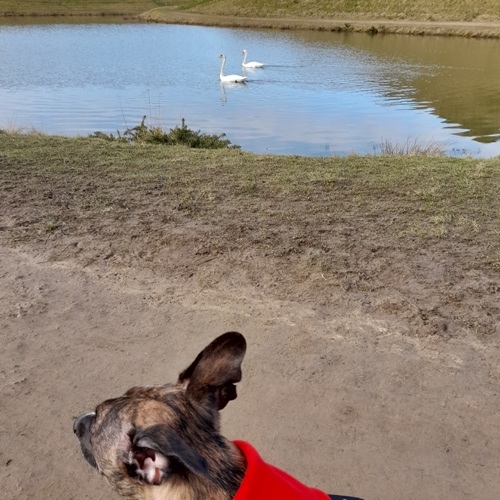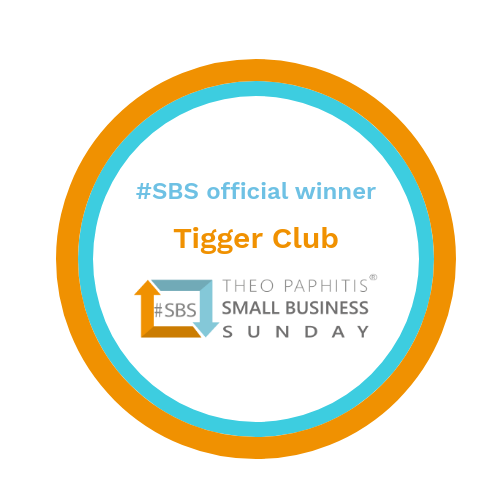History of... Mute Swan
Name:
Swan
Scientific Name:
Cygnus
Family:
Anatidae
Conservation Status:
Least concern
Habitation:
Found throughout town and countryside, on canals, ponds, lakes and rivers throughout Eurasia
The mute swan is one of a species of six swans. The name must was given to it as it is one of the less vocal swan species. A 6.000 year old fossil of a mute swan was found in the UK.
The mute swan was first formally named by the German naturalist Johann Friedrich Gmelin in 1789. They are less vocal than other species. They do make a variety of sounds, Which is often described as grunting, hoarse whistling, and snorting noises.
Easily identified by their completely white feathers and an orange beak with a black outline. Males are around 125 to 160 cm (49 to 63 in) in length. are the fifth largest flying bird in the world with a wingspan of 2.8 metres (9 ft) and a weight of around 13kg (28lbs). Although if they are rushing towards you and hissing, they are absolutely gigantic!
The males are called a cob, the females are called a pen.
Mute swans are usually strongly territorial with just a single pair on smaller lakes, though in a few locations where a large area of suitable feeding habitat is found, they can be colonial. The largest colonies have over 100 pairs
Non-mated juveniles up to 3 or 4 years old commonly form larger flocks, which can total several hundred birds, often at regular traditional sites. A notable flock of non-breeding birds is found on the River Tweed estuary at Berwick-upon-Tweed in north eastern England, with a maximum count of 787 birds.
They feed on a wide range of vegetation, both submerged aquatic plants which they reach with their long necks, and by grazing on land. The food commonly includes agricultural crop plants such as oilseed rape and wheat, and feeding flocks in the winter may cause significant crop damage, often as much through trampling with their large webbed feet, as through actual consumption. A small amount of insects fish and frogs are also on the swan’s diet.
Mute swans nest on large mounds that they build with waterside vegetation in shallow water on islands in the middle or at the very edge of a lake. They are monogamous and often reuse the same nest each year, restoring or rebuilding it as needed. Male and female swans share the care of the nest. Swans keep the same mate unless there one dies or they fail to breed one year.
Mute swans lay from 4 to 10 eggs. With cygnets hatching around 36 days. It only takes a cygnet around 3 months to fully grow from hatchling.
Young swans are called cygnets, and sometimes called flappers. Their feathers are a fluffy grey down and their beak is a dull greyish-black, both of which can remain for the first year. Cygnets cannot fly until around 120 to 1250 days old.
Mute swans generally live for around 12 years. Although a swan living in a protected environment can live up to 30 years. 


